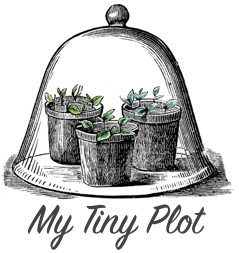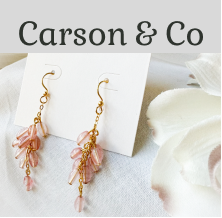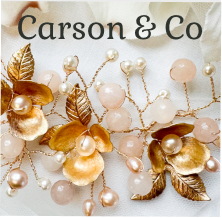Elephant Garlic

I had to pull my Elephant Garlic because it was trying to flower. I’ve showed it here next to some Carrots I pulled at the same time so you can see how big it is. They’re about 8 or 9cm across.
I must confess myself a bit disappointed with the Elephant Garlic. It’s not as big as I thought it would be and also doesn’t seem to have split into bulbs quite as nicely as you see in the photos. Oh well – it’s still edible, I’m sure.
Next year I might switch back to my usual Garlic. You get more heads for the garden space and in a tiny plot you gotta use the space wisely. Is anyone else growing Elephant Garlic? Did you have success?
 My Tiny Plot
My Tiny Plot



I’m not sure if elephant garlic is any different, but I know that one technique for increasing garlic size is simply cutting off the flower before it gets too far along in development. This tells the plant that it should put more energy into bulb production, because it’s flower isn’t going to help it propagate anymore.
The great thing about doing this is that you can also eat the flower (also called a “Garlic Scape”). It can be chopped up and prepared much like chives would.
I learned that while working on a farm in Maine. The farmer, Tom, has a great website filled with useful information. Here is his page about garlic: http://snakeroot.net/farm/Garlic.shtml
Hope that helps! Good luck!
When Garlic starts to flower you remove the flower not the bulb. The bulb will be ready to harvest in 4-6 weeks.
I am afraid you harvested too soon. Garlic and even elephant garlic are not harvested until at least half of the leaves are dried up. This occurs 3+ weeks after the scape (bloom) appears on hardneck types. It probably will not store well being dug young so you should use it up sooner than later. You should also dig garlic and not pull it because pulling can remove the entire skin which will also decrease its shelf life.
My garlic this year was a complete disaster yet my shallots in the same bed were a great success.
Next year I’m going to try a hard necked variety to see if I have more luck!
never tried it but my normal garlic this year isn’t great, I planted quite late so will be going back to plant in November planting.
This is slightly relevant – if you have to remove the flowering buds of garlic, do you have to do the same with onions? I have never grown onions in England before and lots of mine have developed flower buds. Should I remove them anyone?
Hi Angela
I found this article which I think answers your question
What To Do About Flowering?
What can one do if flower stalks appear? Should the flower stalks be removed from the onion plants? Suit yourself but once the onion plant has bolted, or sent up a flower stalk, there is nothing you can do to eliminate this problem. The onion bulbs will be edible but smaller. Use these onions as soon as possible because the green flower stalk which emerges through the center of the bulb will make storage almost impossible. Seedstalk formation (bolting) of garlic is not induced by exposure to fluctuating temperatures, as is the case with onions, which means that a wide range of fall planting dates is permissible for this crop. Seedstalk formation is also not damaging to garlic since the cloves are arranged around the seedstalk and will be removed from the dried seedstalk. Conversely, the edible onion bulb is penetrated by the seedstalk which is hard when the bulb is harvested, but prematurely decays causing loss of the entire bulb in storage. When the tops become yellowish and partly dry, garlic is ready for harvest.
Hi “Choice Gardening” – Many, many thanks — I’m off to harvest them pronto!
I too had trouble with my elephant garlic. It may be because we had so much rain this Spring, but the stalks turned mushy and we had to dig them up early.
A couple of them were “rounds” (no cloves) and the largest bulb split. This was our first try with elephant garlic.
Don’t be discouraged, I’m not. We’ll try again in the Fall.
Happy gardening!
Hi Angela
Glad to help
Mark
Garlic roots need at least one month of time at or below 10 degrees Celsius to develop cloves from ’rounds’. So it means that one can adjust planting time in order to develop around three pairs of leaves and sufficient roots for the cold temperature to play its role.